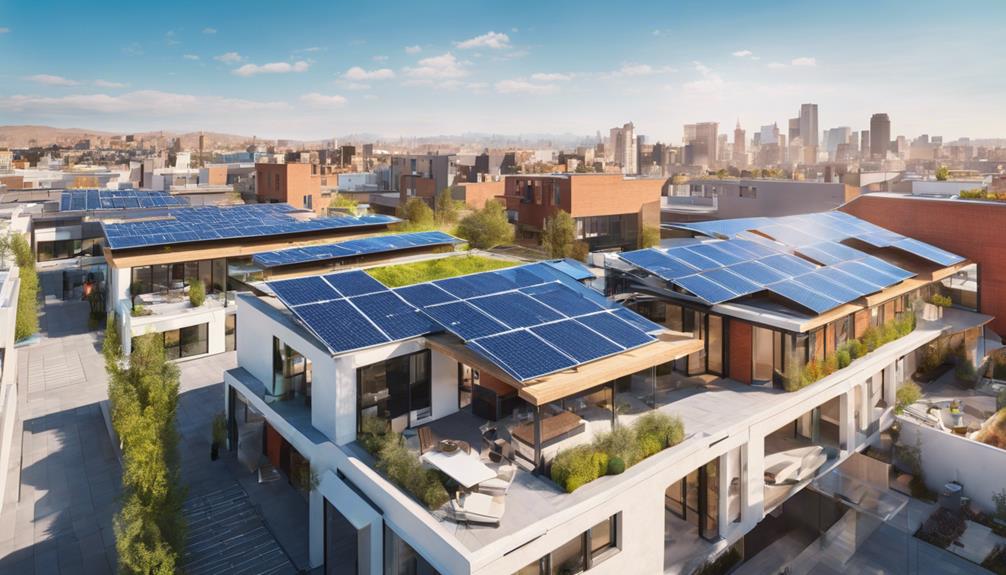
Solar energy has emerged as a leading source of renewable energy, and among the various technological advancements in this field, Flexsolar is making waves. In this comprehensive guide, we’ll explore what Flexsolar is, how it works, its benefits, and its impact on the future of sustainable energy solutions.
What is Flexsolar? Understanding the Basics
Flexsolar refers to a type of solar technology that employs flexible solar panels. Unlike traditional rigid solar panels, Flexsolar panels are lightweight, portable, and can be installed in a variety of environments. These panels are made from materials like thin-film solar cells, which allow them to bend and adapt to different surfaces. This innovative approach to solar technology is particularly beneficial for applications where space is limited or where conventional panels are impractical. Understanding Flexsolar is crucial for anyone interested in adopting solar energy solutions that are environmentally friendly and efficient.
The Advantages of Using Flexsolar Technology
Flexsolar technology comes with a myriad of advantages. Firstly, its lightweight nature makes it easy to transport and install, making it a viable option for both residential and commercial applications. Additionally, Flexsolar panels are highly versatile, allowing them to be installed on unconventional surfaces such as curved roofs, tents, and even vehicles. This flexibility can significantly increase the overall efficiency of solar energy systems. Furthermore, Flexsolar panels often maintain higher efficiency rates in low-light conditions compared to traditional solar panels, making them an ideal choice for varied weather conditions.
How Flexsolar Works: The Science Behind the Technology
The operation of Flexsolar panels is rooted in photovoltaic technology, similar to traditional solar panels. These panels convert sunlight into electricity through solar cells, but the difference lies in their construction. Flexsolar panels utilize thin-film solar technology, which consists of layers of photovoltaic material applied to flexible substrates. This allows the panels to be lightweight while still capturing solar energy effectively. When sunlight strikes the solar cells, it excites electrons, creating an electric current that can be harnessed for various applications. This innovative design not only enhances energy capture but also allows for the integration of solar technology in places previously thought impossible.
Applications of Flexsolar: Where Can It Be Used?
Flexsolar technology is incredibly versatile, making it suitable for a wide range of applications. One of the most popular uses is in outdoor and mobile applications, such as camping gear, portable generators, and RVs. These panels can be easily rolled out to harness solar energy wherever you go. Additionally, Flexsolar is gaining traction in urban areas where installation space is limited. They can be applied to building facades, balconies, and even windows, providing an aesthetic and functional solution for urban dwellers. Furthermore, Flexsolar panels are being used in innovative ways, such as integrating them into clothing and accessories to charge personal devices on the go.
Environmental Impact: How Flexsolar Contributes to Sustainability
The adoption of Flexsolar technology contributes significantly to environmental sustainability. By utilizing solar energy, we reduce our dependence on fossil fuels, which are major contributors to greenhouse gas emissions. Flexsolar panels promote cleaner energy production and help combat climate change. Furthermore, the manufacturing process for thin-film solar cells typically has a lower carbon footprint compared to traditional solar panels, making them a more environmentally friendly option. By choosing Flexsolar, individuals and businesses can play a crucial role in promoting renewable energy solutions that benefit both the planet and future generations.
Cost-Effectiveness of Flexsolar: A Smart Investment
When considering a switch to solar energy, cost is often a significant factor. Flexsolar technology, while initially more expensive than traditional solar panels, can lead to cost savings in the long run. The lightweight nature of these panels reduces installation costs, and their versatility allows for creative solutions that traditional panels may not offer. Moreover, as the technology advances and production scales up, the costs associated with Flexsolar are expected to decrease, making it a more accessible option for consumers. Investing in Flexsolar not only supports sustainable energy practices but also provides a potential return on investment through energy savings.
Flexsolar vs. Traditional Solar Panels: A Comparative Analysis
In the ongoing debate between Flexsolar and traditional solar panels, it’s essential to weigh the pros and cons of each option. Traditional solar panels are well-established and often have higher efficiency rates in optimal conditions. However, they are rigid and can be challenging to install in certain locations. In contrast, Flexsolar panels offer flexibility and versatility, making them ideal for unconventional installations. While they may not yet match the overall efficiency of traditional panels in all scenarios, their unique benefits make them an attractive alternative. Ultimately, the choice between Flexsolar and traditional solar panels should be based on individual needs, installation possibilities, and energy goals.
The Future of Flexsolar: Innovations on the Horizon
The future of Flexsolar technology looks promising, with ongoing research and development aimed at improving efficiency and applicability. Innovations in materials science are leading to the creation of more efficient thin-film solar cells, which will enhance the overall energy output of Flexsolar panels. Additionally, as the demand for renewable energy solutions continues to grow, more companies are likely to invest in Flexsolar technology, leading to further advancements and cost reductions. As we move towards a more sustainable future, Flexsolar has the potential to play a pivotal role in the global adoption of solar energy.
In conclusion, Flexsolar represents a significant step forward in the world of solar energy. Its innovative technology, versatile applications, and potential for environmental sustainability make it a compelling choice for those looking to harness the power of the sun. As we continue to explore and invest in renewable energy solutions, Flexsolar stands out as a viable option for a brighter, greener future. Whether you’re a homeowner, a business owner, or simply an eco-conscious individual, considering Flexsolar could be one of the best decisions you make for both your energy needs and the planet.





